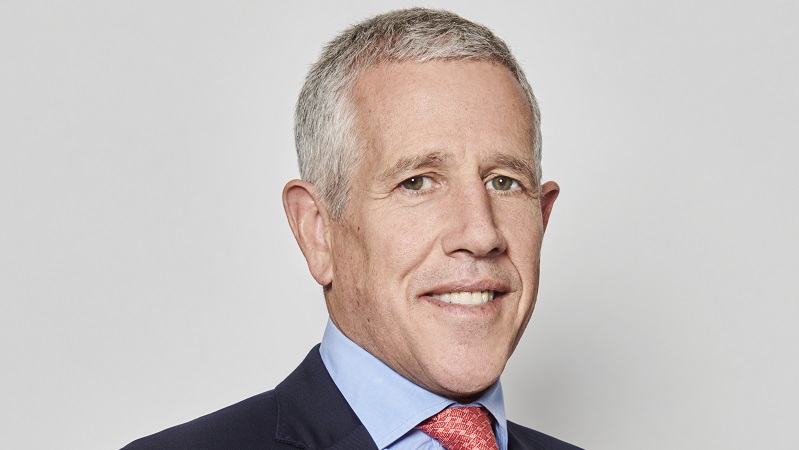While the outlook for this sector has been improving for some time, we think an important catalyst is the market recognition beginning to take place.
These companies have gotten the message regarding shareholder returns. They have been implementing cost-saving initiatives, pursuing more disciplined use of capital and generally taking measures to improve return on equity. We are starting to be in a sweet spot for cash generation.
Of the four largest miners listed on the FTSE 100 – Rio Tinto, BHP Billiton, Glencore and Anglo American – three have replaced their chief executive within the past 16 months. They have a very clear mandate from investors to abandon their previous strategy of ‘growth for growth's sake’ and instead run these businesses for stakeholders.
But if all of this change is obvious to investors, what makes this a new reason for us to believe the sector is rebounding? The answer is analyst estimates for free cash flow.
In non-jargon terms, the ability of these companies to return cash to shareholders is starting to be reflected by analysts who are upgrading their outlooks, which in turn is boosting sentiment, which in turn could well boost flows to the sector. Although this better behaviour by the large-cap miners has been on display for some time, the improved free cash flow estimates are only just being incorporated into models for 2015 and 2016.
Estimates for how much cash these companies are capable of generating looking out to 2015 are becoming markedly better, and that gives analysts and investors more confidence. When you consider where we still stand in terms of depressed valuations on the sector and you compare that to the free cash flow yield and the multiples, it’s an exciting opportunity.
Fund manager surveys have been underweight to the large-cap miners for something like two years and this sector has been all but abandoned by investors, so if we do get a material re-rating across the sector, we could see potentially powerful flows as money returns.
If we look at the smaller and mid-cap parts of the market, historically many of these companies traded at a premium based on future growth potential. However, after the sharp de-rating that we saw last year, this premium has largely disappeared. That is another consideration for the upside potential.
If we look more broadly across the current investment landscape for commodities, we are overweight base metals and diversified companies. We are modestly overweight oil and gas and very underweight gold, where we see higher risk.
Long-term we think commodities benefit from the demand profile in the emerging markets. China continues to shift away from fixed asset investment towards greater domestic consumption, so that is a tailwind, particularly for commodities like copper that are needed for urbanization. Platinum and palladium are used in the automotive sector where demand for new cars is strong.
Meanwhile, the intensity of demand for steel may have moderated, the cause of much concern for investors watching China, but there will continue to be a need that supports prices.
Frankly we think it is unlikely that we see major upside to commodity prices in the year ahead with the demand picture being what it is in emerging markets. However, we do see a stable commodity price environment which is all we need for the bottom-up self improvement story to take hold as the market starts to refocus on fundamentals.










